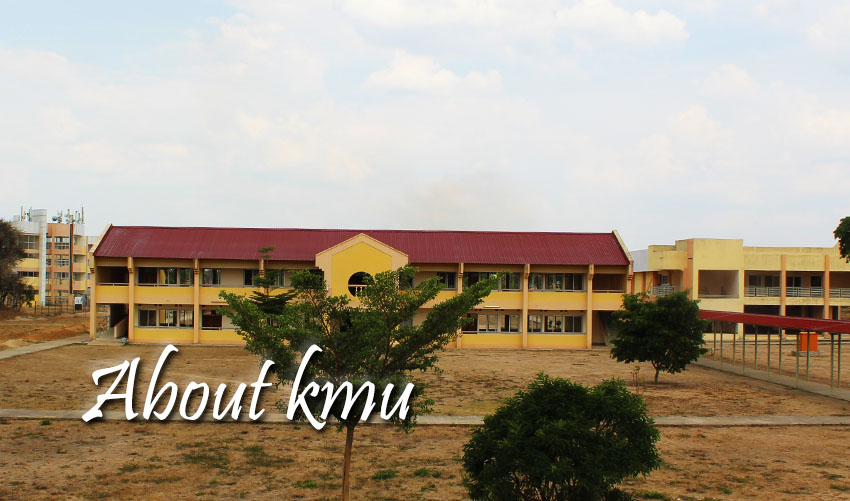History of Kapasa Makasa University

Kapasa Makasa University (32.222 -10.606) is located along the Great North Road in Mulakupikwa Village, north of Chinsali. It was initially intended as a police training facility, named Chinsali Combined Staff Training College, during Zambia’s first Republic under the Ministry of Home Affairs. On 29th July 1996, Cabinet transferred the facility from the Ministry of Home Affairs to the Ministry of Education or any appropriate Ministry. The land extent then was about 200 Hectres. A committee was later appointed by then His Excellency President Levy Mwanawasa to recommend to government what the facility was to be used for. The committee, headed by Prof. Geoffrey Lungwangwa, recommended that it should be developed as a center of excellence in university education for science and technology.
The President of the Republic of Zambia, on 28th June 2016, proclaimed Kapasa Makasa University to be a University under the administrative oversight of the Copperbelt University. The Copperbelt University in turn operationalised Kapasa Makasa University (KMU) in Chinsali on 10th October 2016. The 3-year administrative oversight was granted in order to facilitate management systems and academic programme growth of the institution to prepare it to operate independently. Under the auspices of the Copperbelt University, the total area of the campus was extended by 80 Hectres and now sits on 280 Hectres of land.
Mission Statement, Core Values and Strategic Goals
MISSION STATEMENT
To contribute to sustainable development of agriculture, natural resources and harnessing of ICT technologies through the provision of competent human resources, research and production of industrial goods and services that address current and future societal challenges.
CORE VALUES
Integrity, transparency, efficiency, servant leadership and inclusiveness.
STRATEGIC GOALS
- Infrastructure Development and Maintenance.
- Advancement in Scholarship
- Enhanced Innovation and Industrialisation.
- Augmented Financial Capacity.
- Enhanced Networking and Strategic Collaboration.
- Improved Governance and Management Systems and Processes
